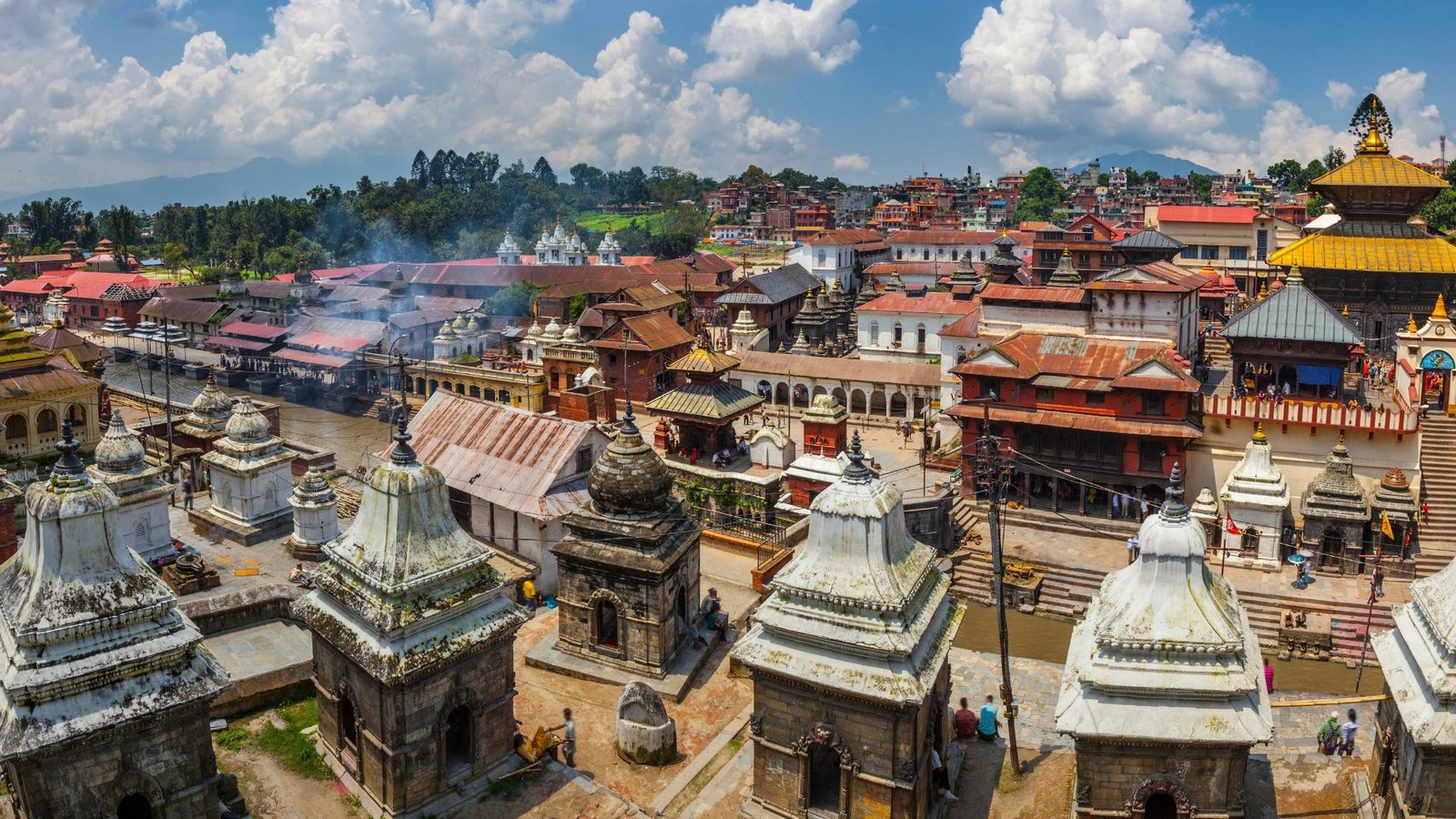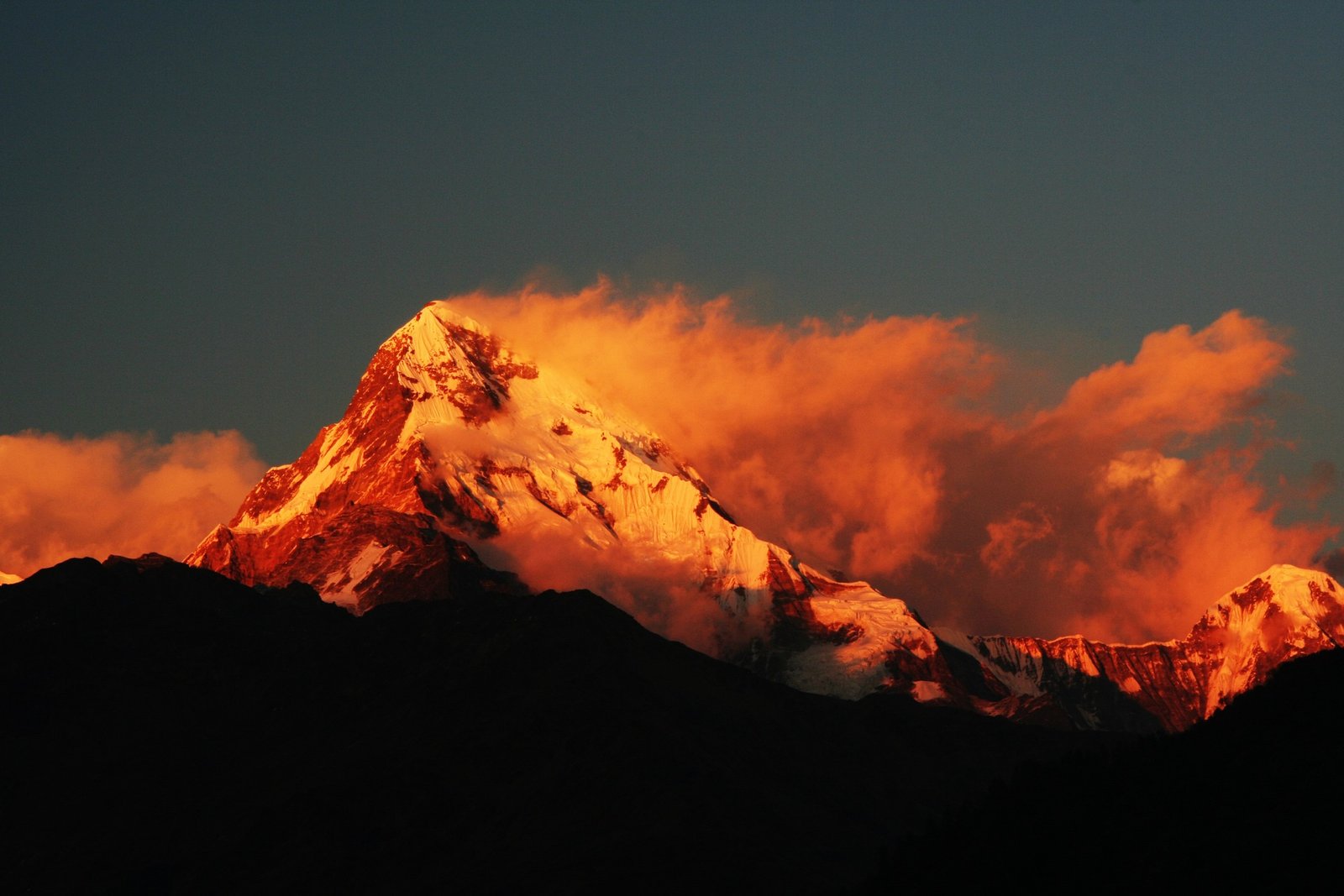Mustang, Nepal’s trans-Himalayan frontier, has witnessed a remarkable transformation in its tourism sector, with visitor numbers soaring by nearly 50% between mid-2024 and mid-2025. This surge is a result of several interlinked factors that have reshaped the region from a remote trekking destination into a thriving tourism hotspot.
Improved Accessibility with All-Weather Roads
A key driver behind Mustang’s tourism boom is the completion of the all-weather road linking Lower Mustang (including Kagbeni, Jomsom, and Muktinath) to the rest of Nepal. This infrastructural development slashed travel time from days to a few hours, making Mustang accessible throughout the year regardless of weather conditions. The road’s arrival opened the gates for a wider variety of tourists, including domestic travelers and Indian pilgrims, who previously faced significant logistical challenges in reaching this remote region.
Spiritual Tourism and Pilgrimage
Mustang is home to the sacred Muktinath Temple, a revered shrine for both Hindu and Buddhist devotees. The temple’s spiritual significance and recent high-profile visits, such as that of Indian Prime Minister Narendra Modi, have attracted a growing number of pilgrims from India and across Nepal. These religious visitors come year-round to participate in rituals, offerings, and to pay homage, thus significantly boosting tourist arrivals.
Surge in Domestic and Indian Tourists
Traditionally frequented by foreign trekkers on the Annapurna circuit, Mustang’s tourism landscape has shifted to include a strong influx of domestic tourists attracted to its desert-like landscapes, unique culture, and spiritual sites. Indian tourists, in particular, form a large segment, motivated by religious and cultural ties.
Expansion of Hospitality Infrastructure
In response to increased demand, hotels, guest houses, and tea houses have mushroomed along riverbanks and tourist corridors. Though this development caters well to visitors, it also raises concerns about environmental sustainability, as construction often occurs on fragile ecosystems prone to flooding and erosion.
Environmental and Social Challenges
The rapid influx of tourists has brought both opportunities and challenges. While tourism has boosted local economies and created jobs, it has also pressured Mustang’s delicate environment. Increased water demand, inadequate sewage treatment, and risks from changing climate patterns, including devastating floods, underscore the need for sustainable tourism management.
This nearly 50% surge in tourism reflects Mustang’s evolving identity from an isolated trekking route to a dynamic destination offering spiritual, cultural, and adventure experiences. The challenge ahead lies in managing this growth sustainably to protect Mustang’s unique heritage while enabling economic opportunities for its people.
If you are planning trekking or tourism-related ventures in Nepal, keeping an eye on Mustang’s evolving trends can offer valuable insights into emerging opportunities and challenges in the region.








